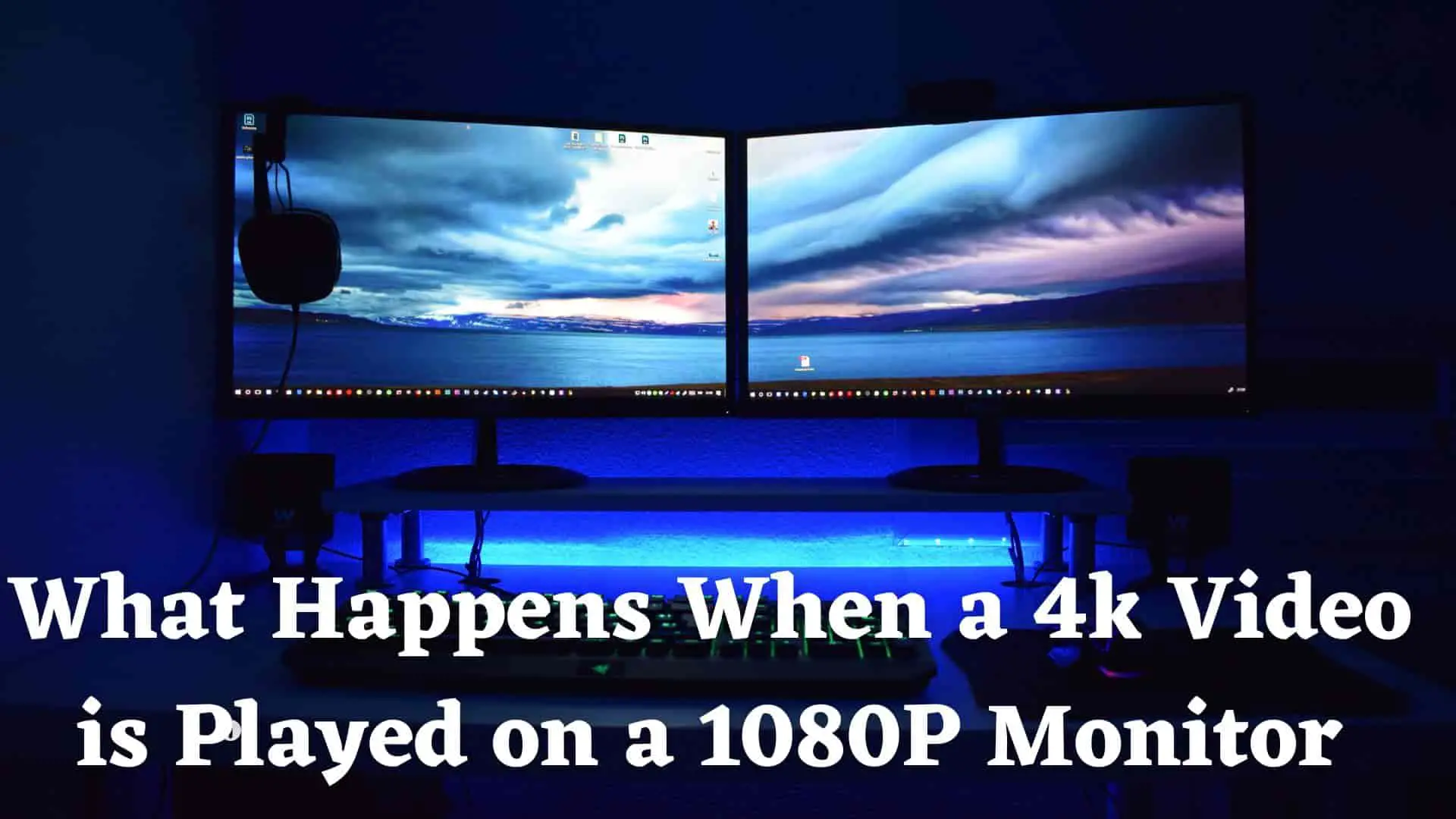How to Fix Discord Error: 'Installation Has Failed'

4K footage and 8k footage have been getting all the hype in recent years. Is it worth it? Do they live up to the hype? Is it worth paying thousands of dollars just for some eye candy?Let's take a look at how monitors work and what happens when we play 4k videos on a lower-resolution monitor, such as 1080p, 2160p, 720p, or soon.
If you watch a video about pixels and videography, you’ll find people talking about PPI, DPI, Pixel Density, etc. But what is a Pixel? Pixel is the most basic, the smallest programmable element of a picture represented on a computer display. If you look closely, you’ll notice that a pixel is just a square that has some color.
Pixels work based on 3 different colors. Red, Green, and Blue. These colors light up with different brightness to show the colors that you’re seeing on the screen. For example, if the pixel only lights up red and green colors with the right brightness, we get to see yellow color. With these 3 colors, each pixel can generate over 16 million distinguishable color variations. There are a lot more details about pixels than we have discussed here. These are just the basics of how they work.
Monitors have millions of those pixels. A 1920X1080P monitor has about 2,073,600 pixels. And that is the generic 1080P monitor that we use. Meanwhile, a 4K monitor with a resolution of 3840X2160 has over 8 million pixels. The more pixels, the better the image quality is on monitors. The same theory applies to videos. However, hardware trumps software. So the video content that you consume is going to be dependent on the type of monitor you have. But there are things like downscaling and upscaling. What are they? Let’s check them out.
Downscaling is the process of compressing videos in order to play them on a screen with a lower resolution. When you look at a youtube video with a maximum resolution of 4k. But other options such as 1080p, 720p, and so on are also available, youtube is downscaling that video automatically to fit all kinds of screens and networks. Video upscaling is a means of enlarging lower-resolution video content to fit higher-resolution screens. Eg: Upscaling a 1080P video to fit a 4K monitor. It is not a way of magically converting a 1080P video to 4k.
When a 4k video is run on a 1080p screen, a multitude of things happen. We know that the number of pixels in a monitor can’t be changed. Therefore, when the video is displayed on a 1080p screen will not have the same sharpness and vibrance as while playing it on a 4K screen.
When playing a 4K video on a 1080P monitor, 4 pixels have to be compressed to a single pixel. This results in results in a sharper and more vibrant quality compared to a 1080P native video. So, yes, it absolutely does. The result of adjusting 4 pixels into a single pixel yields a better visual. While it doesn’t look as good as native 4k, it’s still better than native 1080P.

Running a 4k video on 1080p Display results in some visual degradation. So does running 4K on a 2K display. However, which one is the lesser of two evils? The simple answer is running a 4K video on a 2K screen is better than running a 4k video on 1080p.
Why? You might ask.
On a 2K screen, only two of the pixels from the video have to be compressed into one. This means that the video will have a better pixel-to-pixel color range compared to a 1080P screen.
Playing 4K videos on a smaller resolution screen can have pros as well as cons. Here, we discuss the pros and cons of playing a 4K video on 1080P screens.
Pros:
Cons:
You might be questioning yourself. After all this, is it still worth getting a 4K monitor? The answer is Yes. If you have the funds for a 4k monitor, get it. The leap from 1080p to 4k is a massive one. If you are working with or consuming high-resolution content on a day-to-day basis, it’s a good idea to invest in a 4K monitor. 4K monitors and TVs are on the way to becoming the new standard and now is a better time than ever to get one.
There is no problem with playing 4K videos on a 1080p screen. In fact, it’s better than playing native 1080p videos. So, you don’t have to shell out extra bucks for the 4K screen. Playing 4K videos on a 1080P screen is perfectly fine. It’s also better than the standard 1080P. It’s economical and comes at the cost of a small visual pleasure. However, if you have the money for it, definitely go for the better 4K monitor because the leap from 1080p to 4k is a big one.